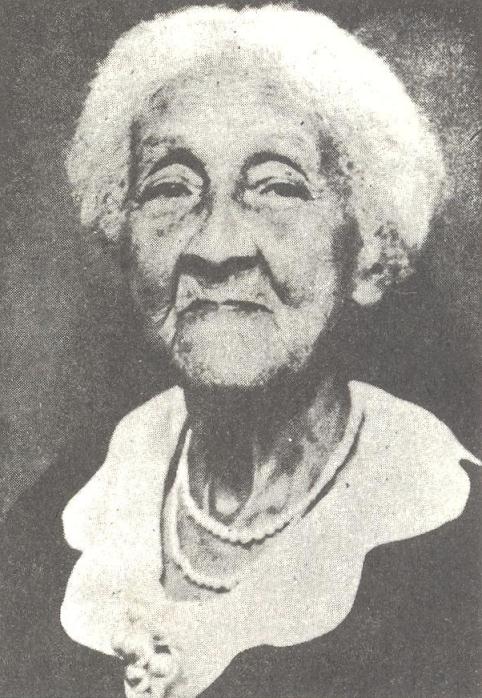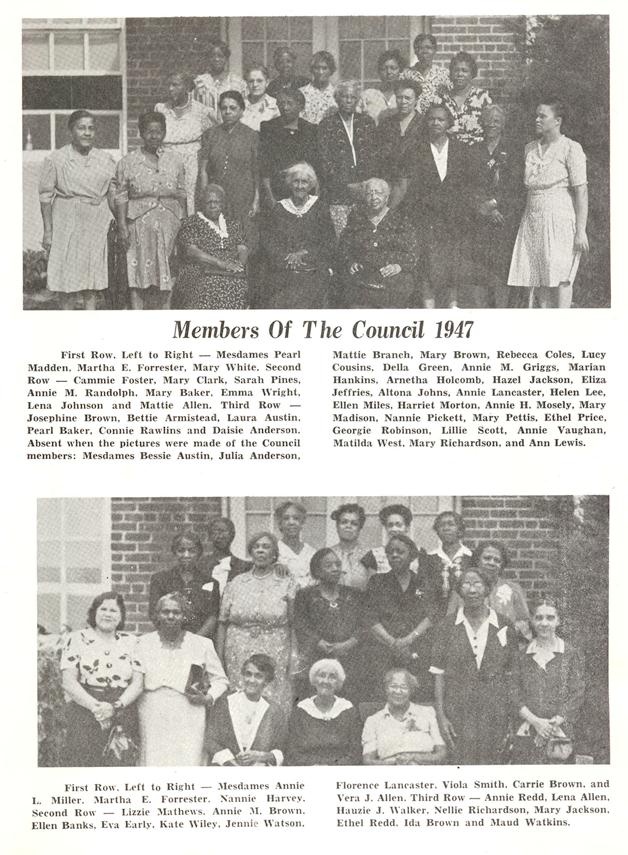 Martha Ellen [Sampson] Forrester was born in Richmond, Va., in 1863. She graduated from the Colored High and Normal School, then worked as a teacher in the Richmond Public School system until her marriage to Robert Forrester, son of Richard and Narcissa Forrester. She was instrumental in establishing the Farmville Council of Colored Women, a service organization dedicated to advocating for better educational opportunities for Black students in Prince Edward County among other outreach efforts. That organization was later renamed the Martha E. Forrester Council of Women in her honor.
Martha Ellen [Sampson] Forrester was born in Richmond, Va., in 1863. She graduated from the Colored High and Normal School, then worked as a teacher in the Richmond Public School system until her marriage to Robert Forrester, son of Richard and Narcissa Forrester. She was instrumental in establishing the Farmville Council of Colored Women, a service organization dedicated to advocating for better educational opportunities for Black students in Prince Edward County among other outreach efforts. That organization was later renamed the Martha E. Forrester Council of Women in her honor.
The Forrester family was a prominent family in Richmond. Forrester’s marriage to Robert meant that she would be part of the thriving Jackson Ward community. The couple had one daughter, Jeanette, and ran a florist shop. Forrester moved to Farmville to live with her daughter after her husband’s death.
While in Farmville, Forrester settled into her daughter’s home and became an active civic agent in the Farmville community. She joined First Baptist Church and served on the Missionary Committee, visiting local community members. She became good friends with Annie Miller and Nannie Harvey. Their friendship and community service set up the framework for the beginning of the Farmville Council of Colored Women in 1920. The Council, composed of Farmville-area Black women, served civically at local, statewide and national levels within various organizations. The Council’s focus was systematic racial uplift: improving educational opportunities, securing harmony of action and cooperation among the people of Farmville, improving home life and administering to the less fortunate. Their principles reflect wider goals of Black women’s civic engagement and social change.
The Council of Colored Women used their platform to advocate for the building of Farmville Elementary School in the late 1920s, which later changed its name to Robert Russa Moton High School after adding grades 8-11. In addition to tax dollars, the Council later raised $1,000 to pay for the auditorium of a newly built Moton High School. Vera Allen described the Council’s work as “persistent crusading and financial support.” The Council of Colored Women fundraised to help support the schools along with advocating for additional resources at local school board meetings and using their vote to further educational support.
Forrester served as president of the Council of Colored Women until her death on November 12, 1951. The Council continued its local advocacy under its new name — the Martha E. Forrester Council of Women — and was vital to the preservation of what is now the Moton Museum. The Council purchased the building from Prince Edward County in the 1990s, saving the structure for an astronomical price of $300,000, which community members fundraised. It then applied for and gained National Historic Status for the museum in 1998 and was instrumental in the opening of Moton Museum on April 23, 2001.
Moton now plays an active role in sharing the story and legacy of this local agency in community engagement and historic preservation.
